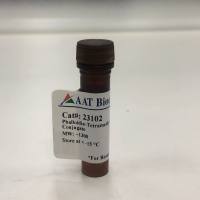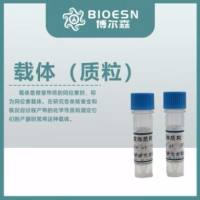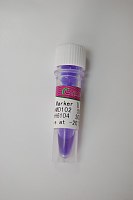The development of increasingly sensitive chemiluminescent substrates and the ability to label probes with digoxigenin (DIG) by polymerase chain reaction (PCR) (
1 ) has resulted in nonradioactive Southern analysis becoming the preferred method, in many plant research laboratories, for the detection of single-copy genes in DNA from transgenic plants. The previous, well established procedure for single-copy gene detection required the utilization of
32 P-labeled probes. However, as well as safety issues, isotopic probes require labeling immediately prior to use with exposure times ranging from 1 d to 7 d. Isotopic probes are therefore laborious and time consuming. The procedure outlined here is rapid and simple and employs modification of two published protocols (
1 ,
2 ), using DIG-labeled nucleotides (
3 ) that are incorporated into nucleic acid probes by PCR (
1 ,
4 ,
5 ). The analysis of a fragment of dissected transgene, attached to plant genomic DNA (border fragment analysis), gives information on transgene integrity and integration pattern into plant DNA, as well as transgene copy number. The number of bands, following chemilumi-nescent detection, corresponds to the number of transgene copies (
see Fig. 1 ). The analysis of either the whole or part of the transgene, which has been dissected from the plant genomic DNA using restriction enzymes (internal fragment analysis), provides information on transgene copy number and integrity, but not the integration pattern.
Fig. 1. Southern blot of DNA from transgenic lettuce plants (lanes 1–3 and 5–7) digested with Hin dIII to produce border fragments, followed by hybridization with a PCR-DIG-labeled luc (luciferase reporter gene) probe. Lanes 1, 3, 5, 6, and 7 represent transgenic plants with single-copy gene inserts; lane 2 is a transgenic plant containing two gene inserts, while lane 4, in which the sample does not hybridize to the PCR-DIG labeled luc probe, represents DNA derived from a nontransformed lettuce plant.








